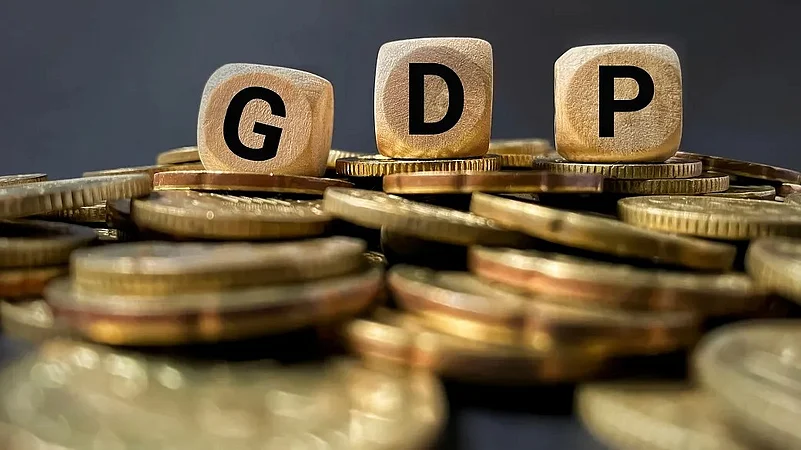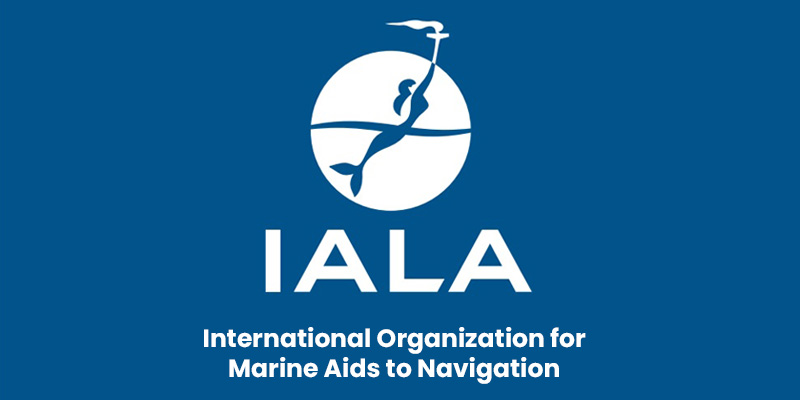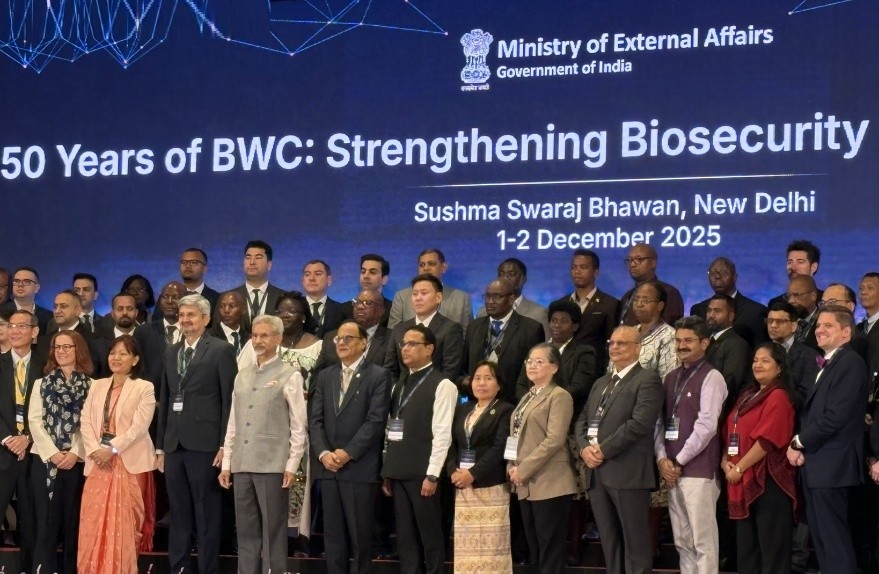India’s Path to High-Income Status by 2047
Context:
India must implement bold economic reforms to achieve high-income status by 2047, requiring an average annual growth rate of 7.8%, according to the World Bank’s India Country Economic Memorandum released recently.
More on News
- The report stresses the need for a shift from “business as usual” to “accelerated reforms”, focusing on productivity growth, sustained investment, quality job creation, and economic development in low-income states.
Challenge of Transitioning to a High-Income Economy
- Few countries have successfully transitioned from middle-income to high-income status within two decades.
- While nations like Chile, Romania, Poland, Czech Republic, and Slovakia have made this leap, others such as Brazil, Mexico, and Turkey remain trapped in the upper-middle-income group.
- For India to achieve its ambitious goal, its gross national income (GNI) per capita must increase eightfold, from $2,540 in 2023 to surpass the high-income threshold of $14,005 as per the World Bank’s classification.
- This would require not just maintaining current growth trends but intensifying reforms to navigate a challenging global economic environment.
Reform Scenarios: Business as Usual vs. Accelerated Growth
The World Bank report outlines two potential growth trajectories for India:
- Business as Usual:
- Investment will peak at 37% of GDP by 2035.
- The economy will grow at an average annual rate of 6.6%.
- Accelerated Reforms:
- Investment will reach 40% of GDP by 2035.
- Economic growth will accelerate to 7.8% per year, facilitating high-income status.
- Currently, India’s gross capital formation-to-GDP ratio stands at 31.4% (2023-24).
- The Ministry of Statistics and Programme Implementation (MoSPI) has revised real GDP growth for 2023-24 to 9.2%, while growth for 2024-25 is projected at 6.5%.
Key Reform Areas for Sustained Economic Growth
To achieve high-income status, India must prioritise structural and financial sector reforms, investment in critical industries, and trade liberalisation.
- Financial Sector Reforms: Efficient credit allocation and financial stability are essential. The report calls for:
- Deepening the corporate bond market to reduce reliance on traditional banking.
- Expanding credit access for micro, small, and medium enterprises (MSMEs).
- Strengthening financial institutions to minimise risks.
- Boosting Public and Private Investments: The report emphasises targeted public investments in sectors that stimulate private investment, including:
- Agriculture and allied industries to enhance rural employment.
- Urban development to support infrastructure and sustainable growth.
- Transport networks to improve logistics efficiency.
- Trade and Foreign Investment Liberalisation:
-
- Reducing tariffs and trade barriers will drive economic expansion.
- Enhancing foreign direct investment (FDI) will integrate India into global value chains (GVCs), increasing productivity and exports.
- Addressing market concentration in key industries—such as petroleum, computer and communications equipment, and cement—to encourage competition and new market entrants.
- Creating Quality Jobs and Strengthening Labor-Intensive Sectors: For job creation, the report recommends:
- Strengthening labour-intensive industries such as traditional market services and intermediate manufacturing.
- Improving logistics infrastructure, labour laws, and land availability to facilitate industrial expansion.
- Encouraging sectors with strong backward linkages, such as hospitality, commercial trade, and communications.
Bridging State-Level Economic Disparities
India’s development is uneven, with income disparities between states. The report highlights the need for state-specific policies rather than a one-size-fits-all approach:
- Less-developed states should strengthen fundamental growth drivers, such as infrastructure, education, and governance.
- More developed states should focus on next-generation reforms, including advanced manufacturing, technology-driven sectors, and high-value services.
- Large-scale interstate migration is limited, making it critical to foster regional economic convergence through tailored policy interventions.
India’s aspiration to become a high-income economy by 2047 is ambitious but achievable—provided that comprehensive reforms are implemented with urgency.


